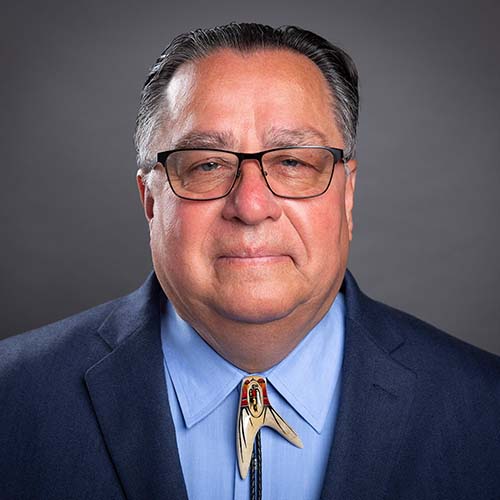There is a fundamental difference between meeting the bare minimum required by regulations and actively striving to do what’s right. Too often, large infrastructure projects treat tribal consultation as a box to check rather than an opportunity to engage in meaningful dialogue. But from the very beginning, Summit Carbon Solutions has taken a different approach—one that recognizes and respects tribal sovereignty in a way that is rarely seen in major development projects.

What stood out to me from the start was the company’s commitment to engaging with tribes well before any regulatory requirements kicked in. Many projects don’t even consider engaging with tribes if their development is entirely off-reservation. The assumption is that consultation is only necessary when federal law explicitly requires it, such as when a project crosses water and triggers U.S. Army Corps of Engineers permits. But by then, most project routes are already finalized, and tribal leaders are left wondering why they weren’t consulted sooner.
Summit refused to follow that pattern. Instead, the company deliberately sought to engage every tribe in the project area—62 in total—to ensure that no one was overlooked. This wasn’t a symbolic gesture. They dedicated real time, resources, and effort to identifying tribes with historical ties to the land and ensuring they had a voice in the process.
Proactive Engagement, Not Reactive Consultation
One of the most fundamental commitments Summit made was to engage with tribes before the formal consultation process began. The goal was simple: provide as much information as possible upfront so that when the government-to-government consultation between tribes and federal agencies took place, tribal leaders would be fully informed and able to engage on their own terms.
This wasn’t just talk—it led to concrete actions. Through confidential discussions, Summit learned about areas of cultural significance to some tribes. Rather than waiting until later in the process when changes would be more difficult, the company adjusted its proposed route before submitting any permits. In my experience, that level of proactive engagement is almost unheard of in the infrastructure sector.
Too often, projects are designed first and then presented to tribes only when legally necessary. By contrast, Summit ensured that tribal input was built into the project from the outset. This approach acknowledges what should be obvious but is too often ignored: tribal nations are sovereign governments that deserve respect, transparency, and a seat at the table.
Setting a Higher Standard
What Summit has done here goes far beyond what the law requires. It sets a new precedent for how infrastructure projects should engage with tribes—not as an obligation to be met, but as a partnership to be built. This isn’t just about compliance; it’s about trust, respect, and doing the right thing.
When tribal leaders enter formal consultations with the federal government, they should do so with a full understanding of the project, the impacts, and their options. Summit’s early engagement ensures that happens. It’s a model for how projects can and should be developed in partnership with tribal nations, rather than at their expense.
At its core, this project strengthens American agriculture, supports rural economies, and respects all communities. It’s also about being good stewards of the land—protecting resources for future generations. By safely capturing and storing carbon, Summit is preserving the environment while securing the economic future of agriculture. This proactive approach shows that responsible development and environmental stewardship can go hand in hand—a model others should follow.
Listen to more here.
Help us defend tribal sovereignty.
At Native News Online, our mission is rooted in telling the stories that strengthen sovereignty and uplift Indigenous voices — not just at year’s end, but every single day.
Because of your generosity last year, we were able to keep our reporters on the ground in tribal communities, at national gatherings and in the halls of Congress — covering the issues that matter most to Indian Country: sovereignty, culture, education, health and economic opportunity.
That support sustained us through a tough year in 2025. Now, as we look to the year ahead, we need your help right now to ensure warrior journalism remains strong — reporting that defends tribal sovereignty, amplifies Native truth, and holds power accountable.
 The stakes couldn't be higher. Your support keeps Native voices heard, Native stories told and Native sovereignty defended.
The stakes couldn't be higher. Your support keeps Native voices heard, Native stories told and Native sovereignty defended.
Stand with Warrior Journalism today.
Levi Rickert (Potawatomi), Editor & Publisher
